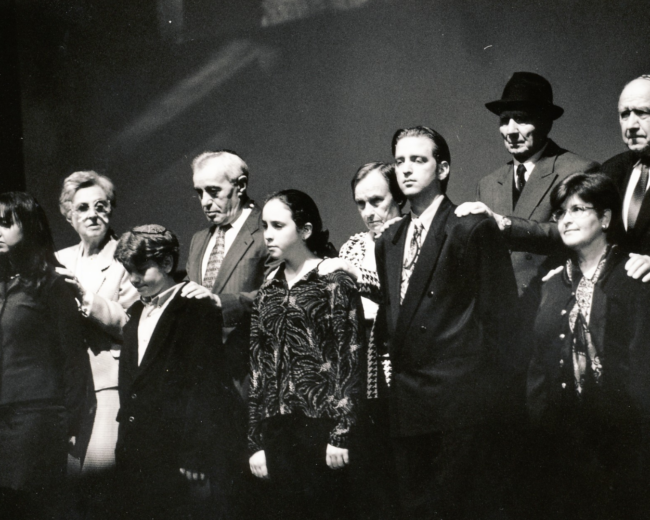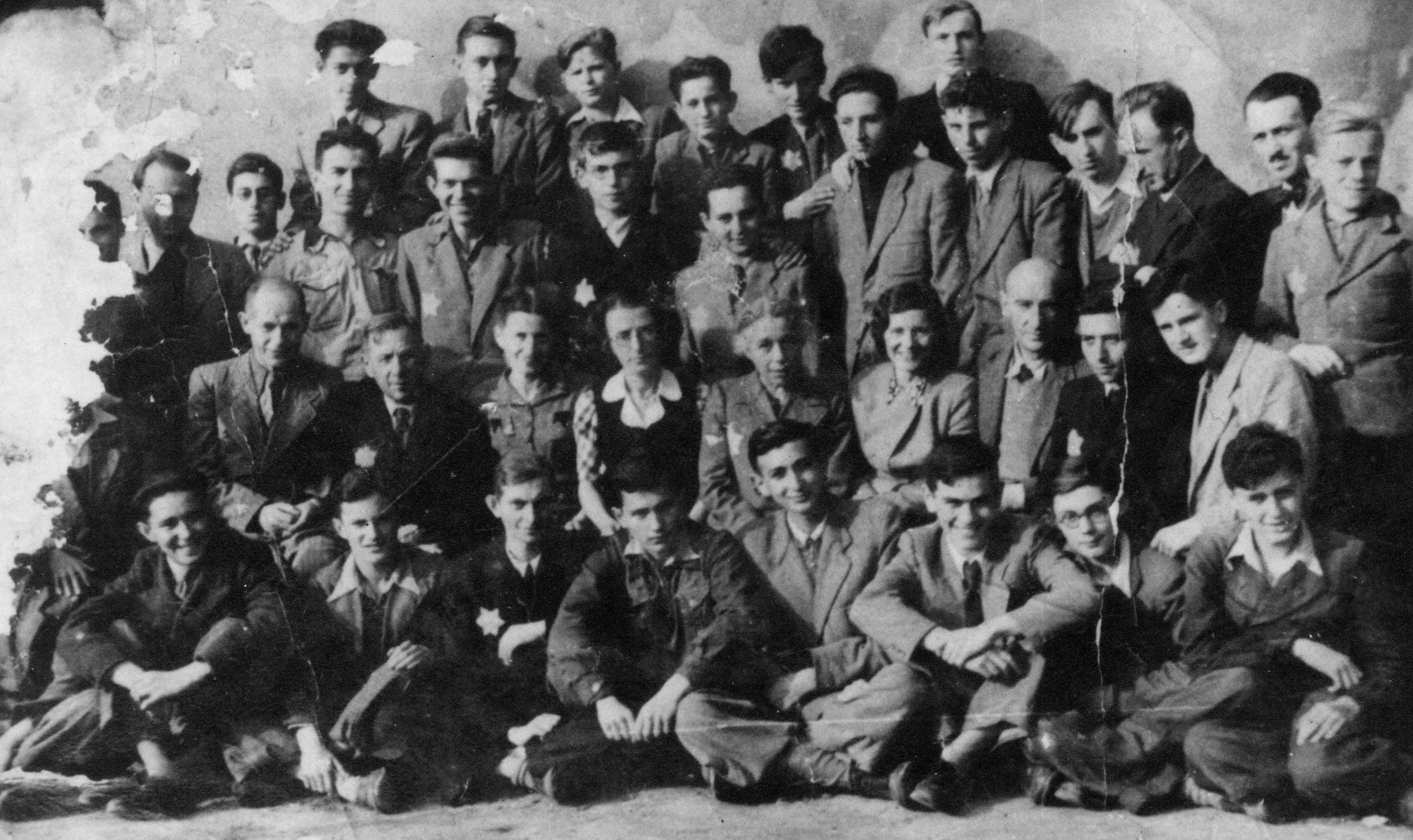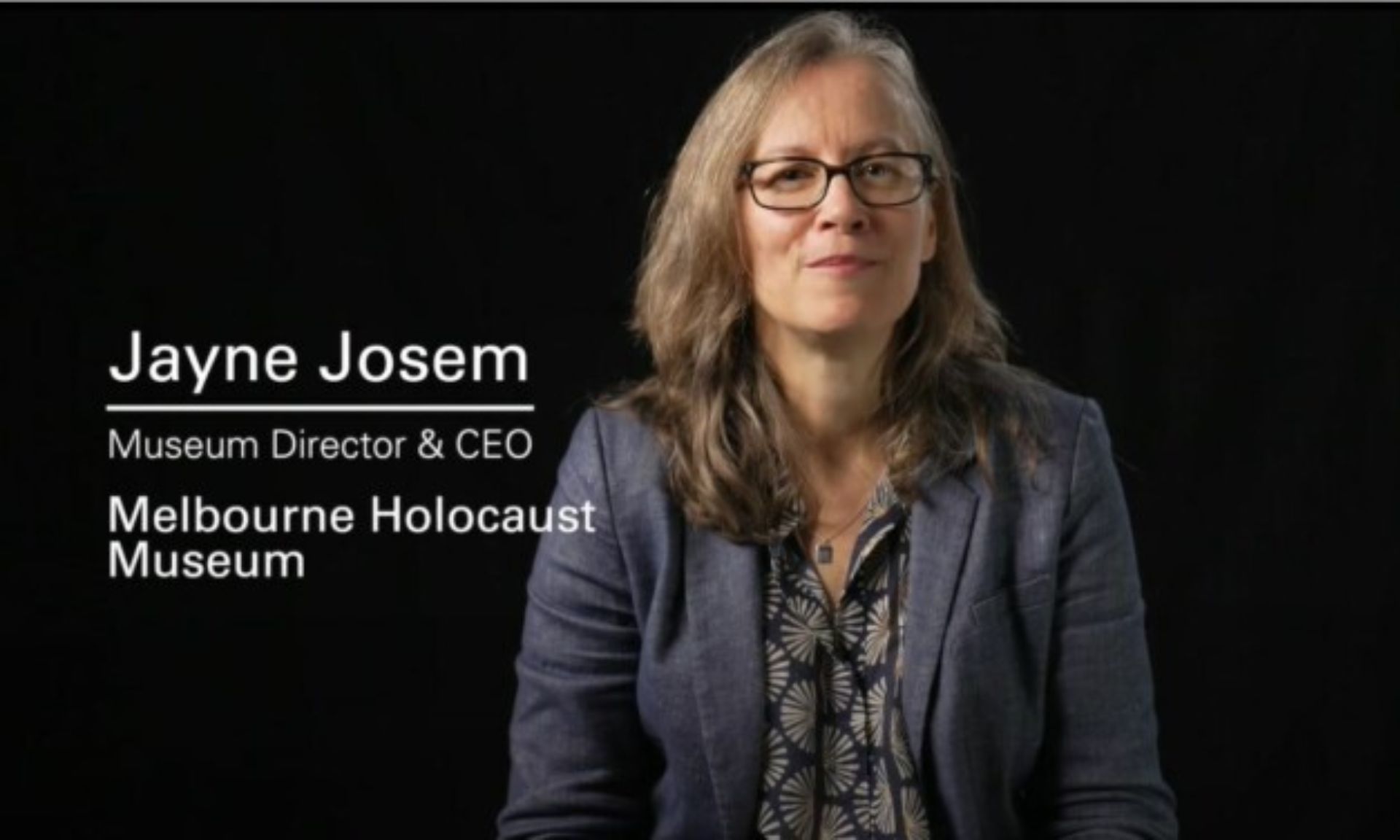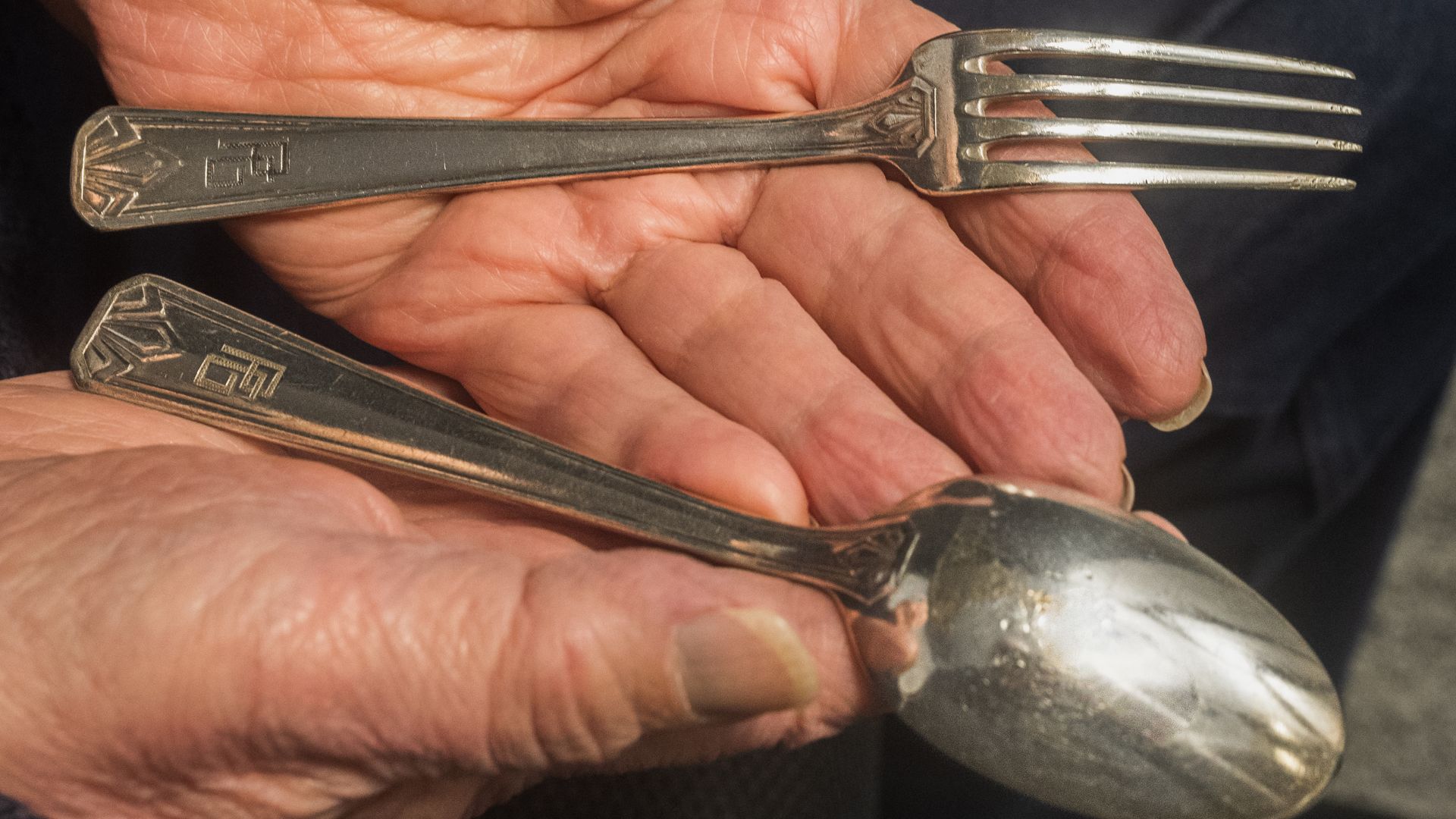For many of us, the answer is always.
At the Melbourne Holocaust Museum, we find ourselves perpetually remembering the Holocaust. Moreso, we are also always finding ways to preserve and transmit the testimonies of our survivors so that future generations might be able to engage meaningfully with the subject. For student and adult visitors, therefore, a visit to our museum marks an opportunity to remember the Holocaust.
For most members of the public, who do not live with thoughts of the Holocaust, the calendar provides two key moments on which to pause and to reflect. On the 27th of January every year, we commemorate International Holocaust Remembrance Day (IHRD). Then, on the 27th of Nisan, we commemorate Yom HaShoah.
Aside from both dates happening to fall on the 27th of their respective months, they have little else in common, and they both entered the popular consciousness by a curious route.







